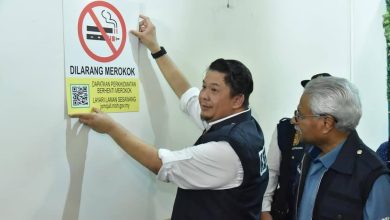By Dr Cheong Hon Kin


According to the International Liaison Committee On Resuscitation, at every birth, potential problems can happen even to a newborn with no apparent risk factors and about 10% of newborns would need some form of help with breathing. Newborns who do not start breathing on their own in one minute after birth should receive help to breath.
Care of all newborns includes immediate and thorough drying, keeping the baby warm, skin to skin contact of the newborn with the mother, cord clamping and cutting after the first minutes after birth, and early initiation of breastfeeding.
One of the most feared potential problems is sudden unexpected postnatal collapse (SUPC) of apparently healthy term or near-term infants within the first days of life which can have catastrophic consequences. About 5% of unexpected infant deaths during the first year of life occur during the first postnatal week. Prone position, cobedding, a first time mother, and parents left alone with baby during first hours after birth have been identified as risk factors for SUPC or early SIDS in several recent publications. Never ever sleep together with your baby in the same bed because of the risk of smothering and suffocating your own baby especially in the first year of life.
Providing a safe environment is an important part of caring for your new baby. Most injuries to babies do not occur by chance or by bad luck, and are not an act of fate. By their very nature, babies are active, curious and often excitable. These are all attributes that put them at risk of injury. As a parent or carer, you can do a lot to prevent injury to your baby.
If you understand a child’s development, this will help you plan ahead for safety. Different risks appear at every stage of development and change takes place very rapidly in the early months and years.


- Take your baby home from hospital in a car seat or other suitable child restraint that faces the back of the car.
- Make sure your baby travels in a child restraint at all times in a vehicle.
- Provide a safe sleeping environment for your baby – this includes taking precautions to reduce the risk of sudden unexpected death in infancy (SUDI), which includes SIDS (sudden infant death syndrome) and fatal sleep accidents.
- Provide a safe environment at home.
- Check the safety of your environment when you are away from home.




